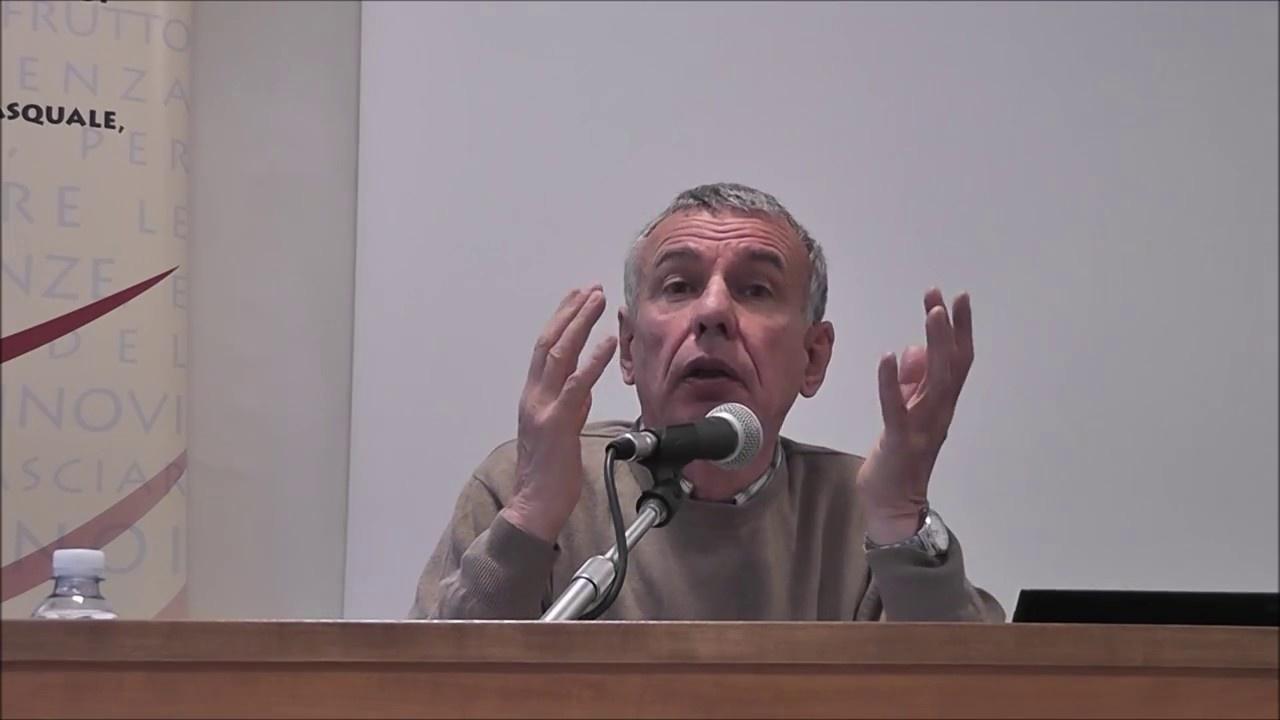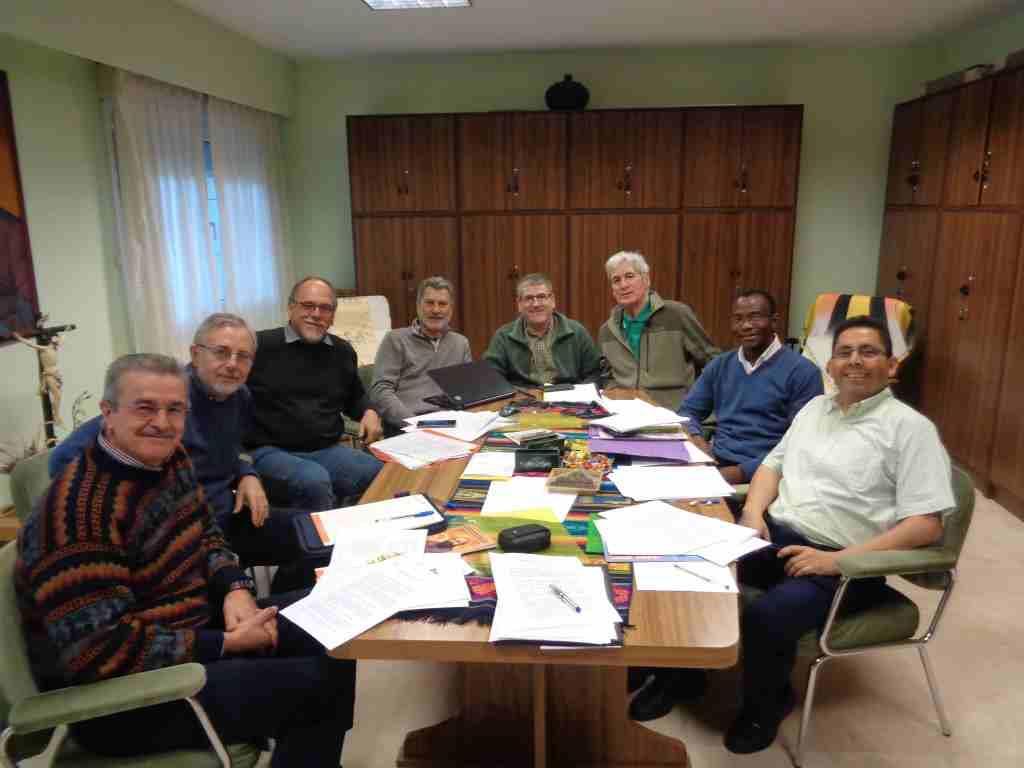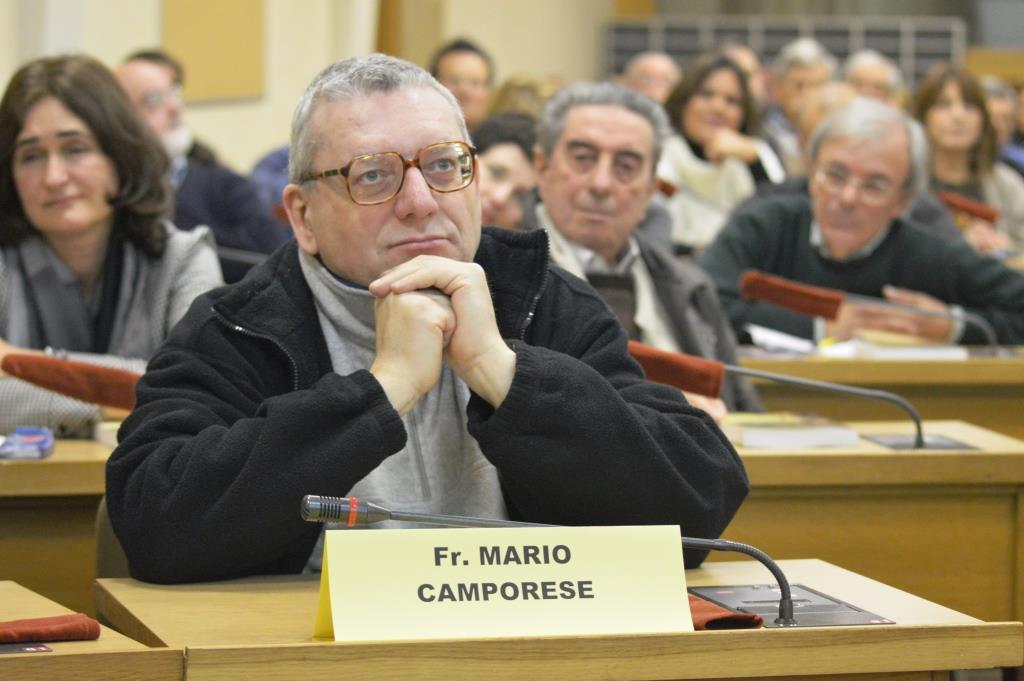Daniel Comboni
Comboni Missionare
Institutioneller Bereich
Andere Links
Newsletter
Monday, March 20, 2023
The Comboni missionary Father Renzo Carraro, age 85, continues to reflect and write. After a long missionary activity ad gentes – Uganda (1970-1993), England (1993-1998) and Philippines (1999-2022) –, he is now in the Comboni community in Lucca (Italy). “From my place as an elder in Lucca – writes Fr Renzo Carraro –, I continue to produce. Here are four titles. Although simple, elementary I would say, they can have their usefulness.” [See attachments]
IN IGNATIUS’ STEPS – An initiation to Ignatian spirituality
Table of contents
THE PILGRIM’S JOURNEY
An aged Ignatius dictated the memories of his youth and conversion story to his secretary Fr. Louis: they are an astonishing map of his spirituality as fruit of his personal experience.
GOD’S CHAMPIONSHIP
The book of the Spiritual Exercises is a manual for Directors who guide people in the exciting discovery of their true selves in the light of God’s will as it emerges in prayer during a desert period in which they choose to be alone with God.
AN ORIGINAL POINT OF DEPARTURE
The universal salvation history as it emerges from the Bible is fulfilled in each person’s discovery of God’s personal love expressed in his Law. This is Ignatius’ Principle and Foundation which makes us heed the Call of the King.
THE PERSON’S PROGRESS WITH GOD
Mapping the person’s progress in the individual journey to God is the purpose of the original way Saint Ignatius used the traditional spiritual tool: the Examination of Conscience.
ESSENTIAL OPENING TO LOVE
The fruit of the first week of the Spiritual Exercises is named by Ignatius as Indifference. The meaning is not lack of interest but inner spiritual freedom.
THE WAY OF DISCERMENT
Discernment aims at giving a direction to the journey of the soul searching for God’s will. The doctrine of the Discernment of Spirits is a precious legacy of the Ignatian spirituality.
A PRACTICAL APPROACH
In the text of the Spiritual Exercises we have “Annotations” and “Additions”. The key rule is that “it is not knowing much, but realizing and relishing things interiorly that contents and satisfies the soul”.
STEPPING STONES
The second week brings the typical Ignatian meditations: The Call of the King, the Two Standards and the Three Types of Persons: they are stepping stones for the soul to face the planning of the future in God’s sight.
THE POWER OF IMAGINATION
Saint Ignatius exhorts the people in the retreat to use their imagination in order to stand inside the Gospel narratives of Jesus’ life, death and resurrection.
SEEING GOD IN EVERYTHING
At the end of his Spiritual Exercises, St. Ignatius invites us to ask God the grace of love and contemplation. It is a call to grow in contemplating God present in all things. It is contemplation in action.
PERSONAL LOVE FOR CHRIST
The heart of the Spiritual Exercises is the love for the Blessed Humanity of Christ. Jesus is the Great King who calls us at his service, for the salvation of sinners. Everything happens between two key-prayers.
INSIDE THE HOLY BOOK – Initiation to the Holy Bible
Table of contents
1. FROM GENERATION TO GENERATION GOD SPEAKS
The God of the Bible reveals himself to people: Abraham, Moses, Elijah. The peak of God’s revelation is when the Word became flesh in Jesus Christ.
2. IN THE BEGINNING THERE WAS EXPERIENCE
We begin with the New Testament. The first step in the existence of the New Testament is the experience of Jesus by the Apostles. The proclamation follows according to Jesus’ command. In the end comes the writing. This is the pattern of the tradition which starts with Moses.
3. THE CHOICE OF THE BELIEVING COMMUNITY
The official list of the books of the Bible is called “Canon” which means: rule, measure. The books included in the Canon are called “canonical”. The Canon has a story worth knowing.
4. WHAT IS WRITTEN ENDURES
The writing of the Bible is a fascinating adventure. The original language of the Old Testament is Hebrew, for the New Testament it is Greek. Since the beginning, the writing was done by hand. In the XV century, the invention of the printing press changed radically the scenario.
5. READING THE BIBLE: “I DEVOURED THE BOOK”
The official, public reading of the Bible is during the Liturgy, the worship of God’s people, the Church. The private reading happens in countless forms and fashions.
6. SIGNPOSTS OF TIME AND SPACE
The time extension covered by the accounts of the Bible is only of about two thousand years and the place where all this happened is the tiny nation of Palestine and yet nothing is more important for the whole world.
7. A GOD TO LOVE
The contribution of the Old Testament to our concept of God is immense. In this sense we belong to the Jewish religious tradition. In the Bible, God is good because he created everything good and want us to be good like he is.
8. THE HEART OF THE LAW
The Law is the content of the covenant between God and the Jewish People: the Torah. It is the object of meditation, prayer, love and contemplation. In the New Testament, Jesus is the New Law.
9. THE THRONE OF GOD
First the Ark and the Tabernacle, then the Temple are the symbols of Yahweh’s presence among his people. In the fullness of time, Jesus’ humanity is the real Throne of God’s Presence.
10. EVIL IN THE BIBLE
Evil in the Bible is represented by violence and immorality. Sometimes evil is described and condemned. Sometimes it is simply described but not approved. No problem in that. But there is something more.
11. THE EMERGENCE OF THE HEREAFTER
The belief in a life after death is not present in much of the Old Testament. Eventually, the celebration of the joy of being alive continues in the faith of the resurrection of the body.
MAGIC LETTERS: Reading as Therapy
Table of contents
1. My seventy years love affair with fiction
2. The power of imagination
3. Play, esthetics, consumption: Alistair McLean, Dick Francis
4. Modern “Qoheleths”: Raymond Chandler
5. A nostalgia for the hights: Elmore Leonard
6. “Greenland”: Graham Greene
7. God’s works of grace: Evelyn Waugh
8. In the immense chaos of WW II
9. The full symphony of humanity: Shusaku Endo
500 YEARS OF CHRISTIANITY IN THE PHILIPPINES
Table of contents
The Gospel in the Philippines: Faith and Culture [04]
The Fascination of the “Little Boy” [06]
The Leaven of the Gospel [10]
A Story of Intelligence and Sacrifice [14]
Religion and Folklore [18]
The Most Distinguished Legacy [22]
Salamat, Mama Mary! [26]
Common Joy [28]
Tough Love [34]
Holy Rebellions [38]
Christianity and the Filipino Identity [42]
Mission to the World [46]




